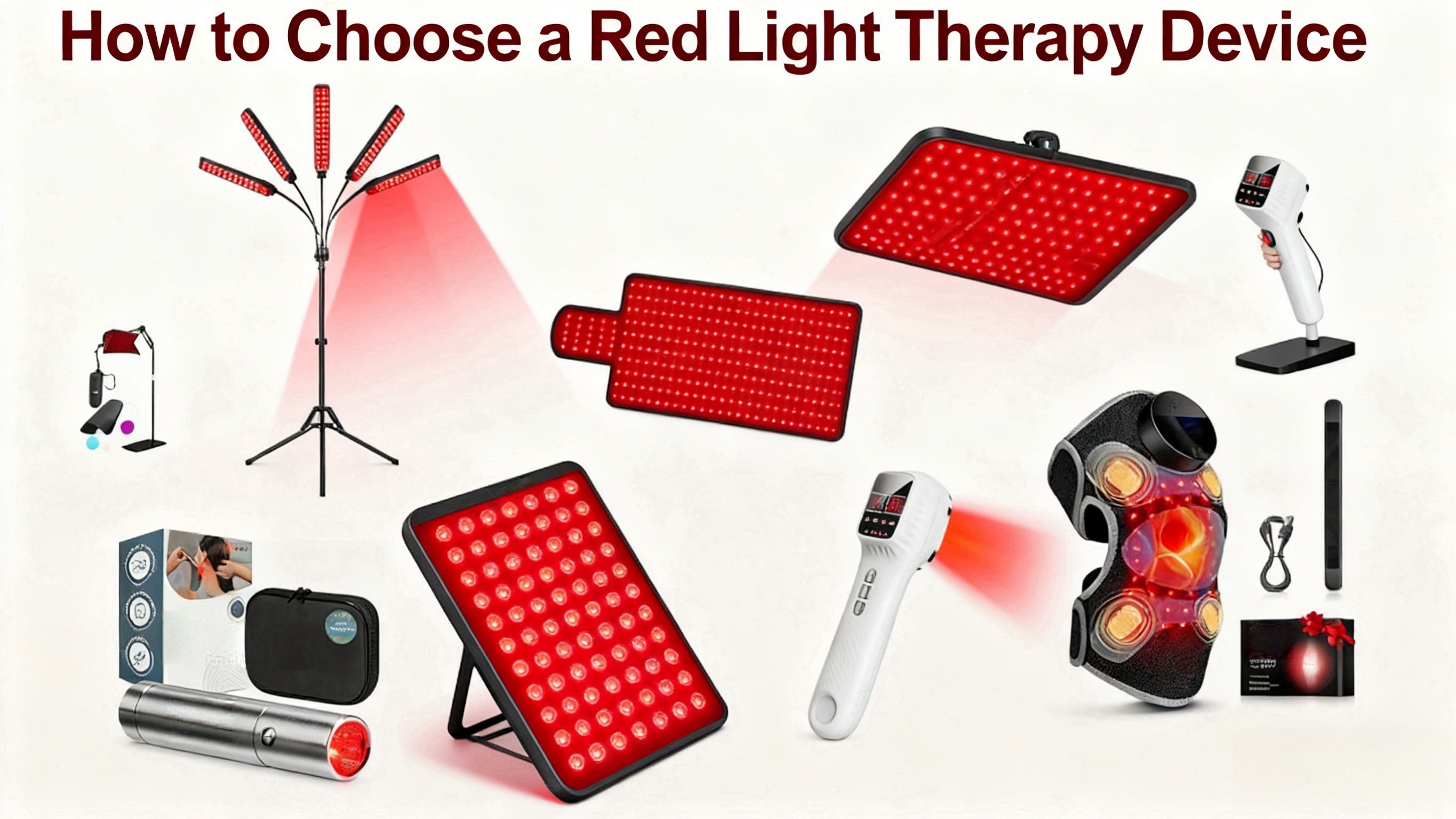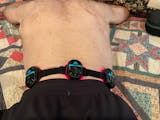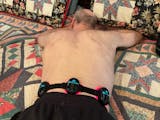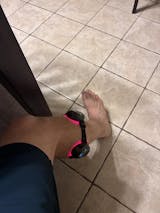
Red Flag #1: Missing or Vague Power Specs
-
What to look for: A reputable brand will be transparent about its Power Density (also known as Irradiance), measured in mW/cm². This number tells you how much energy is being delivered to a specific area. For deep tissue issues, this number should ideally be in the range of 100 mW/cm² to be considered clinical-grade.
-
The trap: Cheap devices often hide these numbers or use inflated, unverified claims. If a company isn't proud to display its power output, it's likely because the numbers are too low to be effective.
Red Flag #2: Unspecified or Unproven Wavelengths
-
What to look for: When considering what to look for in RLT, a high-quality device will be built around a proven red light therapy wavelength combination, primarily 660nm for skin and surface tissue, and 850nm for deep tissue and joints. The manufacturer should clearly state these exact numbers.
-
The trap: Low-cost devices will often just say "Red Light" or "Infrared" without specifying. They may use cheaper, less effective wavelengths that don't align with the bulk of clinical research.

Red Flag #3: Rigid, 'One-Size-Fits-None' Design
-
What to look for: An adaptable or modular design that allows the device to conform closely to different body parts. The ability to use single units for small areas or link them to create a larger, contoured surface for joints like shoulders or knees is a sign of intelligent engineering.
-
The trap: Many cheap devices are single, rigid blocks of plastic. They can't effectively treat a curved area like a joint, creating significant gaps between the device and your skin. This means a huge portion of the (already weak) energy is lost to the air.

Red Flag #4: Flimsy Build Quality & Materials
-
What to look for: Durable, body-safe materials like medical-grade silicone, robust straps, and proper safety certifications (like CE or FDA registration).
-
The trap: Cheap devices are almost always made from low-grade plastic that can crack, use uncomfortable straps, and may not have proper safety certifications for their electronic components.

Red Flag #5: Lack of Transparency and Guarantees
-
What to look for: A clear warranty (look for at least 1-2 years), a risk-free return policy (30 days is a good standard), and authentic, detailed user stories from real people.
-
The trap: Anonymous, unverified reviews, no listed warranty, and a "final sale" or difficult return process are all signs of a company that doesn't expect you to be satisfied long-term.
Making a Smart Investment
While the allure of a low price is strong, a cheap red light therapy device is a false economy. You risk buying a product with insufficient power, incorrect wavelengths, and an ineffective design, ultimately wasting both your money and your time.
 This commitment to verifiable science, intelligent design, and customer transparency is the foundation upon which any premium, effective device is built. For context, here is how the PRUNGO FluxGo was engineered specifically to address these five points:
This commitment to verifiable science, intelligent design, and customer transparency is the foundation upon which any premium, effective device is built. For context, here is how the PRUNGO FluxGo was engineered specifically to address these five points:
-
On Power & Wavelengths: The PRUNGO FluxGo operates on the clinically-proven 660nm and 850nm wavelengths with a transparent, clinical-grade power of up to 100 mW/cm².
-
On Design: Its modular system is designed to be adaptable, ensuring direct, flush contact on any body part, from a single point on the wrist to a full wrap on the shoulder.
-
On Build Quality: It's crafted from durable, medical-grade silicone and robust components designed to withstand years of daily use.
-
On Transparency: Every purchase is backed by a comprehensive 2-year warranty and a 30-day risk-free money-back guarantee.
Ultimately, understanding how to choose a red light therapy device is about prioritizing this level of quality. Use these red flags as your guide, and you'll be equipped to choose a tool that delivers real, lasting value.
















Share:
PRUNGO vs. Infrared Sauna: An Honest Comparison